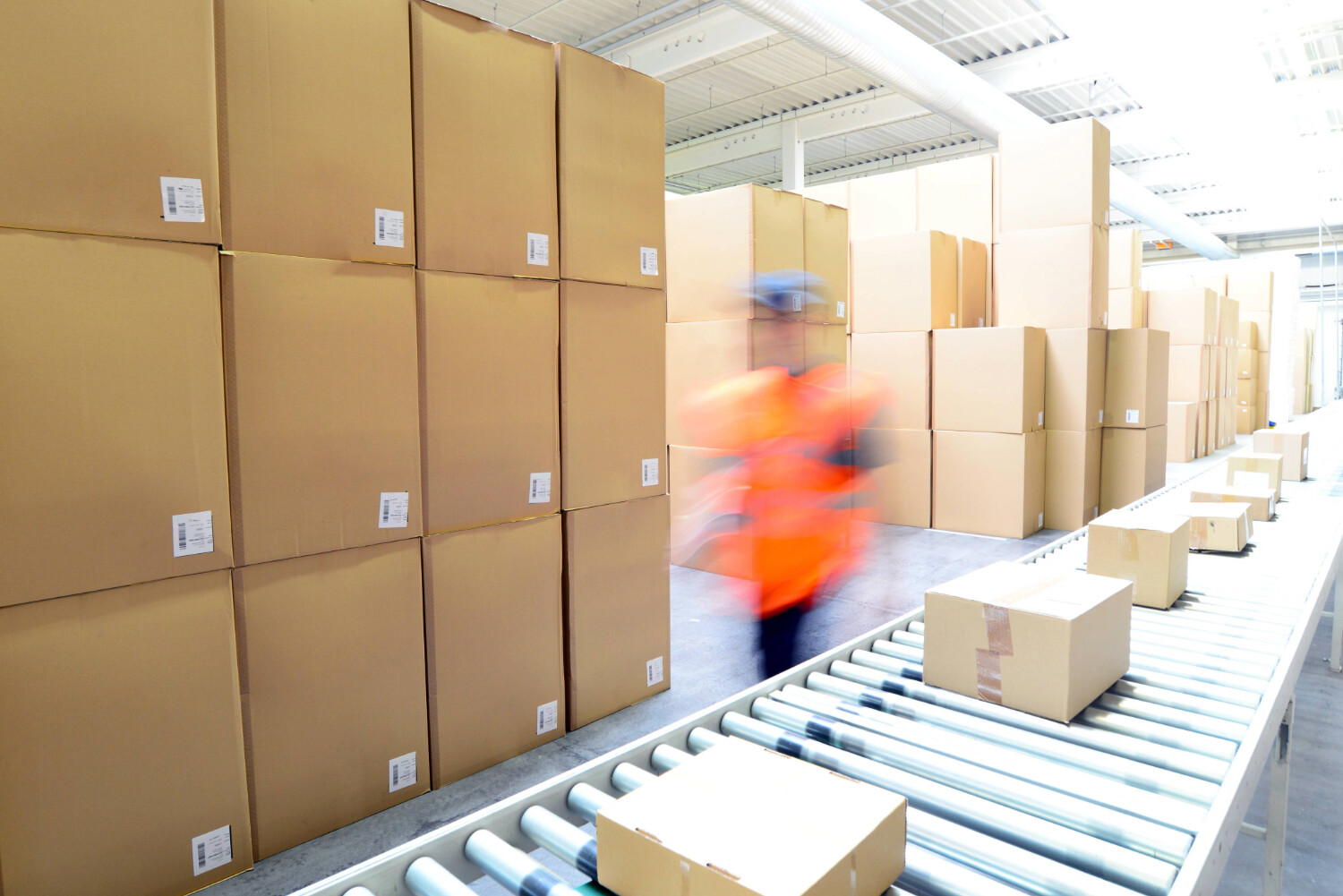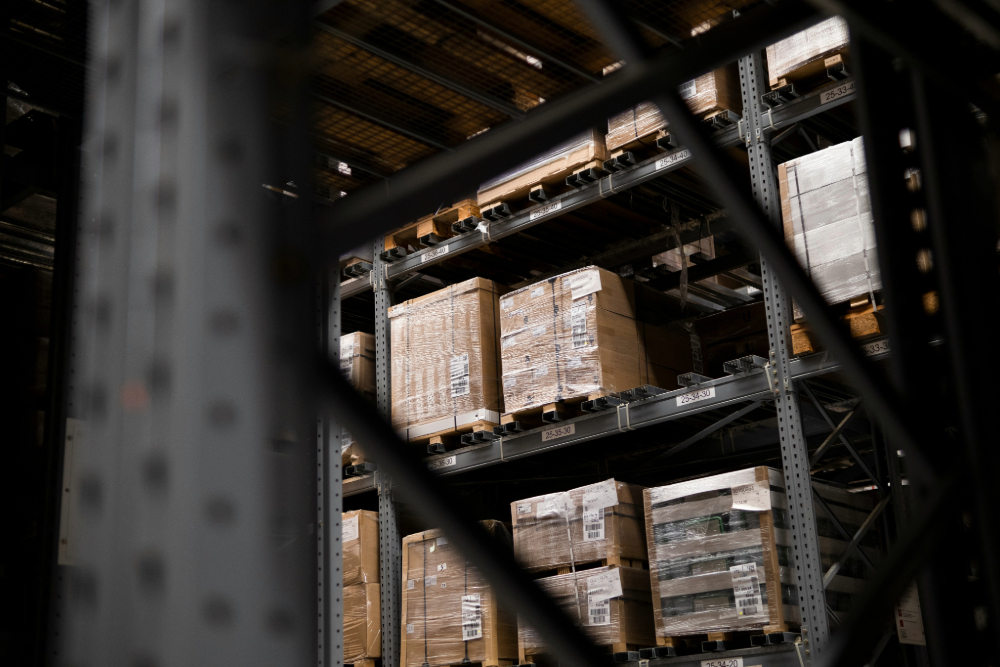Launching an Amazon FBA Business – 10 Tips for Faster Scaling

Why would you willingly enter one of the most competitive e-commerce environments in the world? Approximately 3700 new sellers start an Amazon FBA business per day in the U.S. – that’s around 1.35 million per year. So why should you start your business there, especially when viable alternatives like platforms or creating your own online store certainly do exist?
The answer is simple: reach.
A mind-boggling 86 – 90 million people visit Amazon.com daily, with over three-quarters of them based in the U.S. That kind of traffic dramatically increases your chances of profitability – especially if you enter the game prepared. This is what this article is for. We will provide you with practical growth strategies and the legal know-how to get your business structure right from day one.
TL;DR – Quick Tips to Launch & Grow Your FBA Company
Why Start an Amazon FBA Business?
The main benefit of selling on Amazon FBA is that you store your products in Amazon’s warehouses and let them handle shipping, returns, and customer service. Needless to say, this is a huge relief for e-commerce sellers, especially if you’re just starting out. However, convenience is not the only factor that FBA holds in store you – no pun intended:
Amazon FBA gives your business access to 150M+ Prime members and adds the “Fulfilled by Amazon” badge to your listings – this increases trust with your customers and sales.
With Amazon as your fulfillment partner, your business taps into Amazon’s fast, reliable delivery network and benefits from discounted shipping rates and streamlined logistics.
With multi-channel fulfillment, you can sell on platforms like Amazon, eBay, and Walmart while Amazon handles the shipping. Your inventory stays in Amazon’s warehouses, making it easy to manage orders across multiple sales channels from one central location.
Using FBA for your Amazon store automatically improves your shipping speed and customer service metrics, giving you a better chance of winning the highly coveted Amazon Buy Box.
Amazon’s Fulfillment Options at a Glance
There’s no denying that your Amazon business will benefit from FBA. It is a highly convenient service for most sellers. However, there are certain exceptions – for example, if you already have your own logistics in place or prefer to handle customer support yourself to better communicate your brand story. So, let’s take a look at all the fulfillment options available to you as a seller.
Fulfillment by Amazon (FBA)
Amazon handles storage, shipping, customer service, and returns. You pay fees, but gain scale and Buy Box potential.
Fulfillment by Merchant (FBM)
You handle everything with your own logistic systems. More control, fewer fees – higher responsibility.
Seller Fulfilled Prime (SFP)
You use your own fulfillment but must meet Amazon’s Prime delivery standards. Hard to qualify for as a beginner.
Click on the following link if you want to find out more about Amazon FBM and whether it is right for you.

10 Actionable Tips to Grow Your Amazon FBA Business
Follow these ten actionable tips designed to show you how to start an Amazon FBA business.
Tip 1: Find the Right Product
Start with product research tools like Google Trends. Look for:
Tip 2: Master Amazon SEO
Optimize your product listing with the right keywords for more visibility and sales. While tools like Semrush can speed up the process, you can still do effective research without them:
Tip 3: Launch Your Amazon FBA Business With a Strategy
Use coupons, PPC ads, and external traffic (email, social, influencer promos) to spike early conversions. Aim to collect 5–10 solid reviews in the first month.
Tip 4: Learn Amazon PPC Basics
Start with Automatic Campaigns to gather data, then shift to Manual targeting. Focus on ACOS under 30% for profitability.
Click on the following link for an in-depth look at how a correct Amazon PPC campaign strategy will help your Amazon business (FBA and FBM)
Tip 5: Monitor Reviews & Customer Feedback
As on many other platforms, reviews have been making or breaking Amazon FBA businesses since day one. Make sure to take reviews seriously from the beginning. Use tools like FeedbackWhiz or Amazon’s own Request a Review feature to grow your review count legitimately.
Tip 6: Optimize your Pricing
One of the smartest ways to grow your Amazon business is by using a dynamic repricing tool. With the right strategy, smart pricing helps you win the Buy Box – a critical factor in driving visibility and increasing sales. Around 80–90% of all Amazon purchases happen through the Buy Box, so securing that spot will guarantee a boost in your conversions. The SELLERLOGIC Repricer automatically adjusts your prices in real-time, responding to changes in the market while keeping your margins intact. This means you’re always competitively priced without undercutting unnecessarily – maximizing profit while staying ahead of the competition. It’s automation that pays off.
Choosing the Right Business Structure for Your FBA Brand
If you want to launch your FBA business on Amazon, this will require you to form a business entity for professional seller accounts. The question is, what structure is the best for you? Here’s a breakdown with scannable tips:
Tip 7: Choose a Sole Proprietorship if…
You’ll lack liability protection and must report income as personal earnings.
Tip 8: Set Up an LLC if You Want Security
Recommended for 90% of FBA sellers who are serious about scaling.
Tip 9: Consider an S-Corp if You’re Scaling
Talk to a CPA to see when it’s the right time to switch.
Tip 10: Skip the C-Corp (Unless You’re Raising Big Money)
C-Corps are best for startups planning to raise capital or go public – rather unsuited if you are starting out on Amazon.
Optional Path: Buy an Existing Amazon FBA Company
Don’t want to start from scratch? Platforms like Empire Flippers and Quiet Light sell vetted Amazon FBA businesses. Benefits:
You might have already guessed it, but buying an existing business is not going to be cheap. Be prepared to invest five to seven figures.
Final Thoughts: Start Smart, Grow Smarter
The fact remains, launching an Amazon FBA business is still profitable, even with growing competition. As a matter of fact, this competition should be your driver to build your business on a proper foundation. Here are our pointers for you: To set yourself up for success, use FBA to simplify fulfillment and increase your chances of winning the Buy Box, solutions like the SELLERLOGIC Repricer and Lost & Found Full-Service to keep tedious tasks at a minimum while focusing on more important matters. Invest in SEO and PPC to boost visibility to drive sales over a long period of time. And, most of all, choose the business structure that aligns with your growth goals and risk tolerance.
FAQs
An Amazon FBA business lets you sell products on Amazon while Amazon handles storage, shipping, and customer service. You send inventory to Amazon’s warehouses, and they fulfill orders for you. It’s a hands-off way to scale, but comes with fees, competition, and the need to follow Amazon’s strict policies.
To start an Amazon FBA business, begin by researching a high-demand, low-competition product – ideally lightweight and with clear differentiation. Source it from a reliable supplier and create a Professional Seller account on Amazon. Ship your inventory to Amazon’s fulfillment centers. Then, optimize your listing with strong SEO, launch with coupons and PPC ads, and collect early reviews. Choose the right business structure (LLC is ideal for most) and track your performance to scale smartly.
You can buy an Amazon FBA business on platforms like Empire Flippers, Quiet Light, Flippa, and FE International. These marketplaces offer vetted listings, revenue insights, and support during the transfer process. Buying an existing FBA brand lets you skip the startup phase – but be ready to invest significantly, as prices often range from tens of thousands to millions.
Image credits: © Jacob Lund – stock.adobe.com







